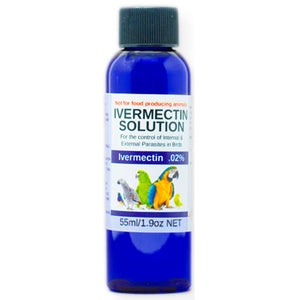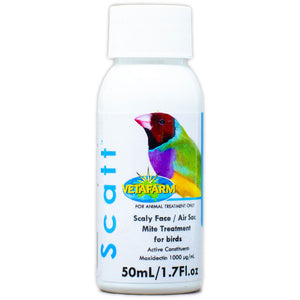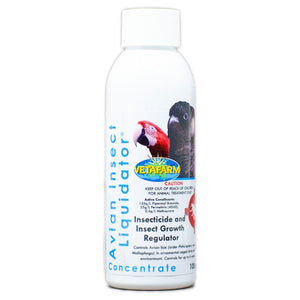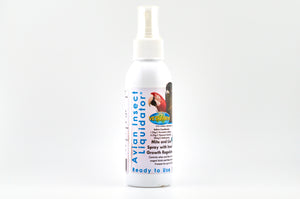Giardia
GIARDIA IN BIRDS
Description:
Giardia - This zoonotic, single-celled, intestinal, protozoan parasite can cause disease in birds, dogs, cats, humans, and other animals. This parasite exists in two forms, trophozoite and cysts traphozoite is the active form which moves by means of hair like structures known as flagella. These trophozoites use a small sucking disk to attach them selves to the surface of the villi, (finger-like projections in the small intestines). The second dormant form is called a cyst. Cysts as well as trophozoites are intermittently shed in the feces from an infected bird. The environmentally stable cysts can survive become a source of infection to other hosts. Trophozoits are unstable outside the host presenting them with less of an opportunity to infect another host.
Although all birds are susceptible to Giardia infections most at risk are cockatiels, budgerigars, lovebirds, and Grey-cheeked parakeets.
Transmission:
Transmission occurs when cysts and or trophozoites are released in the feces of an infected bird. Asymptomatic birds may intermittently shed the cysts in their feces serving as a continuos source of infection for other birds. Transmission occurs when these cysts and or trophozoites are ingested from food or water contaminate other possible hosts. Certain insects such as flies and cockroaches may serve as carriers of the cysts, and transmit from one location to another.*Giardia from mammals may infect humans, but the zoonotic potential for avian giardiasis is thought to be relatively low.
Symptoms:
A Giardia infection in psittacine birds may be asymptomatic or the birds may exhibit signs of weight loss, bulky or loose foul-smelling stools, vomiting, diarrhea, anorexia, depression, and recurring yeast infections.
Dry skin and feather picking is typical in budgerigars and cockatiels suffering from Giardiosis.
Using the AloeVera Spray can help with dry skin and feather plucking.
Prevention:
Keep aviary clean and dry. Prevent exposure to contaminated water (standard chlorine levels in drinking water will not destroy Giardia cysts, but boiling the water will). And using Sanicleans in the drinking water can help. And cleaning with Envirocleans.
Prevent overcrowding in the aviary. Isolate and quarantine all new birds as well as any infected birds.
Treatment:
Ronivet-S - re-treatment may be necessary because re-infection is fairly common.
Diagnosis:
Diagnosis of Giardia in live birds is sometimes rather difficult. However, new technologies are expanding detection limits. Microscopic examination of fecal material, flotation tests, and trichome staining are general methods used for identification of trophozoites. Because of the intermittent shedding of the parasite, multiple samples must be examined before the bird can be considered uninfected.




